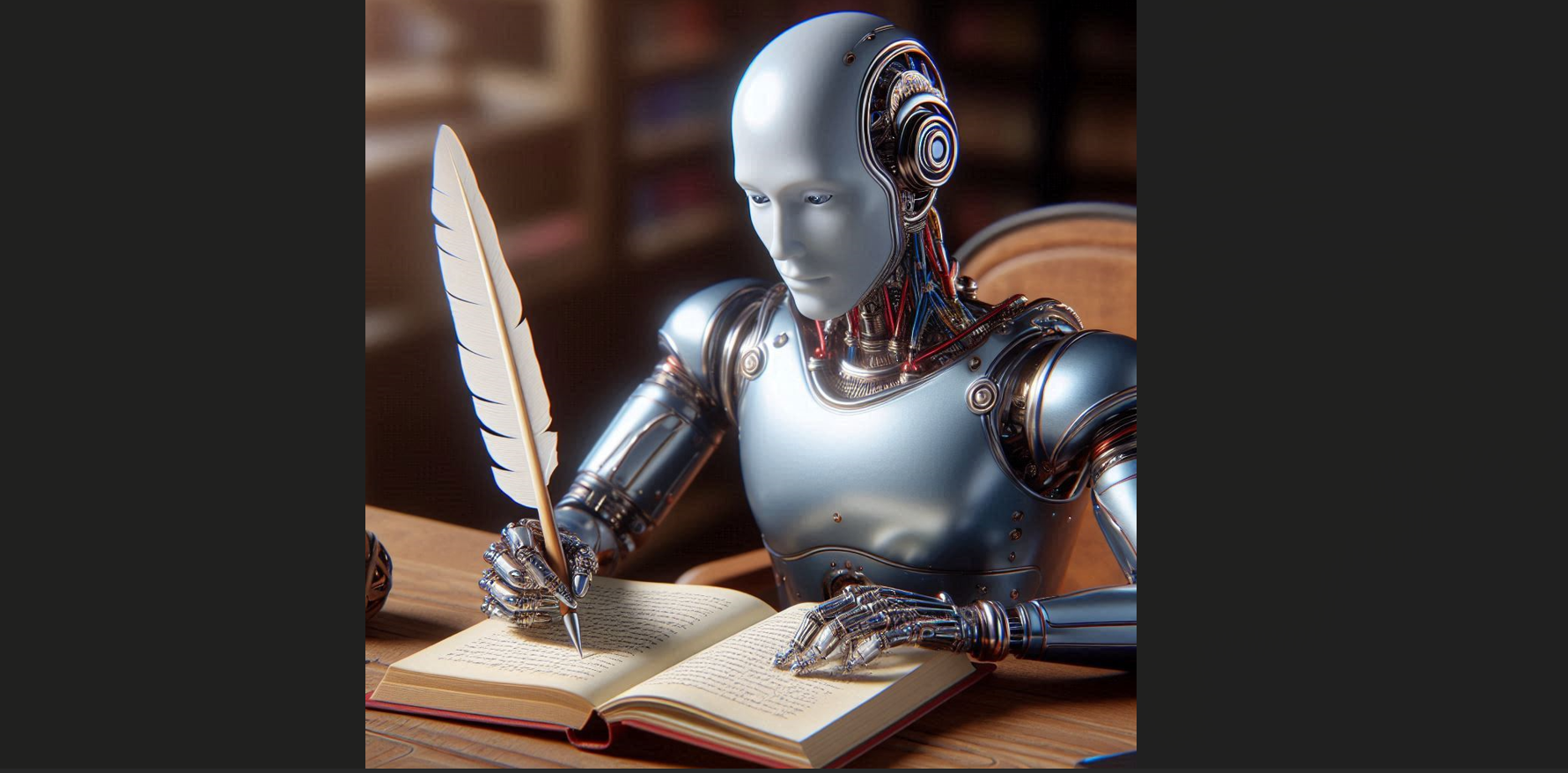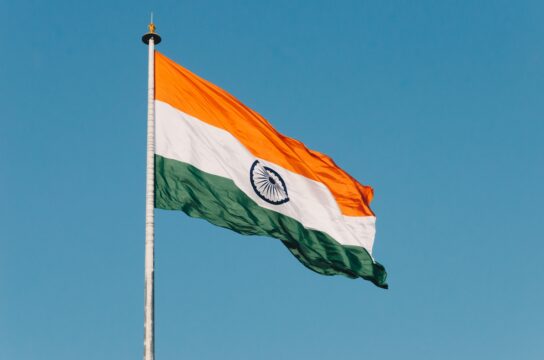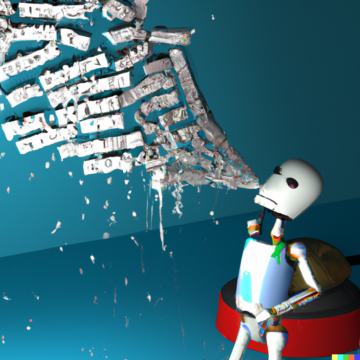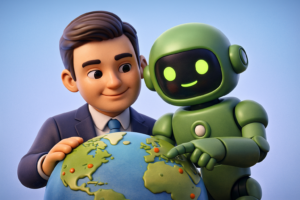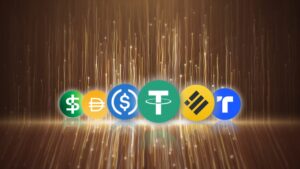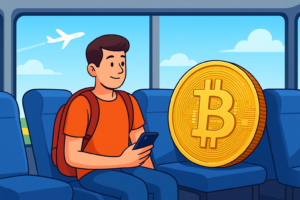For years, we uploaded, added, and shared our collective knowledge on the Internet. The question as to who owns what has remained unclear until LLMs descended with their scraping. The threat of Artificial Intelligence (AI) to the artist is rampant and immediate, something people don’t realize. But remember, when the artist is gone, so is the art. Will art in the future just be ripped off mish mashes of paintings, stories, and songs?
The threat of Artificial Intelligence (AI) to the artist is rampant and immediate, something people don’t realize. But remember, when the artist is gone, so is the art. Will art in the future just be ripped off mish mashes of paintings, stories, and songs?
But the fact remains that the results aren’t good enough yet. While AI continues to learn by scraping off artists’ work, the output isn’t quite there yet. According to research published in Science Advances, people who use OpenAI’s LLM GPT-4 to write short stories aren’t that successful. While AI improves the output of less creative writers, it doesn’t do much to the quality of stories when it comes to already creative writers. The story outputs by AI also lack uniqueness and come out more similar than when humans produce it.
This means AI mimicking human creativity isn’t likely to sell many books, since creative writing is about surprising the reader with something unique or incongruous.
Recently, when 20 professional comedians were asked to use popular AI language models to write jokes and comedy performances, they found that though useful in making an initial “vomit draft” to work on, the AI was not able to produce anything that was “original, stimulating, or, crucially, funny.”
Read more: Will Gen-AI replace human creativity in content creation, or is there a perfect balance?
As other research has also said, generative AI might have an impact on human creativity by giving a creative boost, but in the long run it reduces creativity.
At the same, around the world, people have started embracing AI art, changing the ethics of art. According to AIM, AI art has now become mainstream and artists are cashing in on the tech. Art by Refik Anadol, a Turkish-American new media artist who merges art and AI to create captivating installations was auctioned at Christie’s on May 11, 2022, for US$1.38 million. At London’s Gillian Jason Gallery, a series of four of Sougwen Chung’s robot collaborations is priced at over $131,000 per image. And 19-year-old Indian artist, Ashok Reddy sold around 100 AI-generated art pieces in just two days. He sold A4-size pieces for INR 400 and A3-size pieces for INR 700 on Bengaluru’s Church Street.
And AI will get better at being creative. If you have any doubts, listen to the song blogger Steve Sammartino produced completely with AI, starting from lyrics, the music, the voice, to the album cover and a video. As Sammartino says, “AI will be able to do everything we can do. But maybe we’ll value human creativity more, not because it’s better, but because a human did it.”
Great as this song is, it raises obvious questions of ownership etc. But also, what about how creative is the song? AI couldn’t produce this song without the right prompts. And it did access knowledge that already exists out there, owned by other artists. Will this change as AI improves? Is it possible that one day an AI will produce songs like these because it wanted to, and not because it was told to?
AI couldn’t produce this song without the right prompts. And it did access knowledge that already exists out there, owned by other artists. Will this change as AI improves? Is it possible that one day an AI will produce songs like these because it wanted to, and not because it was told to?
Right now, AI is a serious threat to artists, as many have found out. As per Society of Authors, the UK’s largest trade union for writers, illustrators, and translators, a third of translators and a quarter of illustrators have lost their jobs to AI.
Big companies are hemming and hawing as they find new ways to sideline the artist. Recently, OpenAI’s CTO received flak when she suggested that AI will eliminate creative jobs that “shouldn’t have been there in the first place.”
In June, Adobe announced changes to its terms of service agreement to clarify that the company will not train AI on user content stored locally or in the cloud. However, if a user submits work to the Adobe Stock marketplace, Adobe can use it to train Adobe Firefly.
Artists are hitting back as well as they can. Recently, video game actors called a strike regarding failed labor contract negotiations focused on AI-related protections for workers, holding their first picket in front of Warner Bros. The contention, they say AI is a threat to their professions.
At this time, the fact that Nintendo has opted to stay away from Gen AI when it comes to creativity indicates that these actors have a point.
“Generative AI, which is becoming a big topic recently, can be used in creative ways, but we recognize that it may also raise issues with intellectual property rights.” Fast Company quoted Nintendo president, Shuntaro Furukawa.
Nintendo also seems to realize that using technology for creativity can lead to low quality output, which in this case would mean less unique stories. Furukawa said that while Nintendo was “open to utilizing technological developments,” the company has “decades of know-how in creating the best gaming experiences for our players.”
Some companies are trying to be ethical. Clearview AI, the facial recognition company, which has been under fire for scraping images of people’s faces from the web and social media without their permission, has agreed to offer a 23% stake in the company for Americans whose faces are in its data sets.
But apps like DALL.E, Sora, and Udio AI are stirring the pot visibly. It’s no wonder that artists are up in arms. In June, Universal Music Group NV, Warner Music Group Corp., and Sony Music Entertainment filed lawsuits against Suno AI and Uncharted Labs Inc., the developer of Udio AI, for unlawfully training AI models on huge amounts of copyrighted sound recordings.
Big tech’s solution for deepfakes and misinformation has been labelling images and videos so that the source is revealed. But according to MIT Tech Review, the watermarks for AI-generated text are easy to remove and can even be stolen or copied.
Meanwhile, fraud has become rampant with AI there to fake things with. The term ‘bot’ is so familiar that we hardly glance at it sneaking on us. A former Gizmodo employee admitted that he remained active on office Slack channel for months after he left by changing his name to ‘Slackbot’.
Read more: Cloud & GenAI are causing ‘bill shock’ & project failures: GPUs to the rescue
Solutions are starting to build as well. Nightshade, a tool made by researchers at the University of Chicago, helps users put in an invisible poison attack on their images that will break AI models that touch the image. The same team is also creating Glaze, a tool that artists can use to mask their personal style from AI copycats. Cara, a new art portfolio site and social media platform that only sports art created by people, filtering out AI-generated content, Cara has adopted Glaze, resulting in a surge of interest from artists.
So, artists are not alone in their struggle against the big AI takeover on creativity. But still, on a societal level AI’s threat is to human originality. Imagine a world full of average stories that read like you’ve already read them, beautiful paintings that never surprise you, or songs that are just déjà vu of something heard before.



